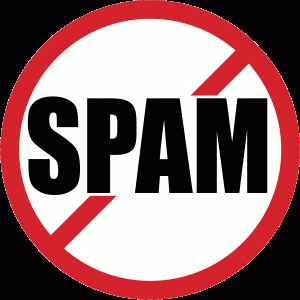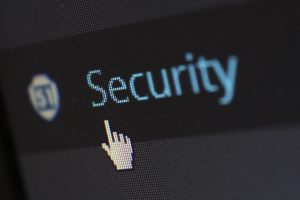Spam is a common problem that strikes many people, particularly in their email. Individuals who live in the United States tend to be the most responsible for spam than those who reside anywhere else in the world at a surprising 14.6 percent. Of course, the more spam you get hit with in your email, the greater chance there is for a bigger problem to hit your computer. This includes hacking that involves botnets getting onto your computer that can send out even more spam.
How to Stay Safe
Fortunately, there are a few things you can do to avoid email spam. If you have already been hit with some, you can use a good antivirus, anti-malware or anti-spyware program to scan your system. Once it picks up all of the malware, you can delete it. Make sure to reboot your computer, especially if there were many unwanted items detected after the scan and perform another so that you can be sure that everything has been removed. Be sure to read antivirus reviews to pick out the best software for the job.
There are other things you can do as preventative measures. One of the first things is to never open a suspicious looking email that comes with an attachment. You can usually spot these messages. If it reads strangely and includes an attachment, that is a sure sign that it is spam. If it comes from someone you know, such as a friend or family member, chances are great that they have been hacked. Immediately delete these emails and let the individual know that they have may have been hacked.
Other Preventive Measures
Always avoid making purchases from unsolicited emails. If you choose to go ahead and buy items through unwanted emails, you are essentially harvesting future spam.
Use an email filtering software so that you can block spam and other malware. Most free email hosts have antivirus scanning built in. For instance, Yahoo! uses Norton Antivirus.
Be careful when you visit certain websites, especially if you are posting your email address to online mailing lists. These lists typically end up posting your personal information, including your name and address on social networks and makes you a huge target for spam.
Always keep your work and personal email addresses separate. You should also consider signing up for a third email address any time you enter information into online surveys or registration forms. These online forms tend to be prime senders of spam.
Avoid using preview mode in your email. Even when you only view a preview of a message and don’t actually click to open it, a spammer can detect when their message has been seen. This will prompt them to send you even more spam as it confirms your email address.







Comments
One response to “How Can You Effectively Avoid Email Spam?”